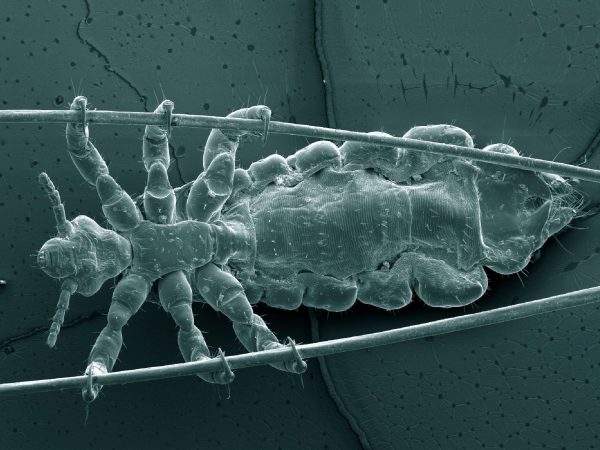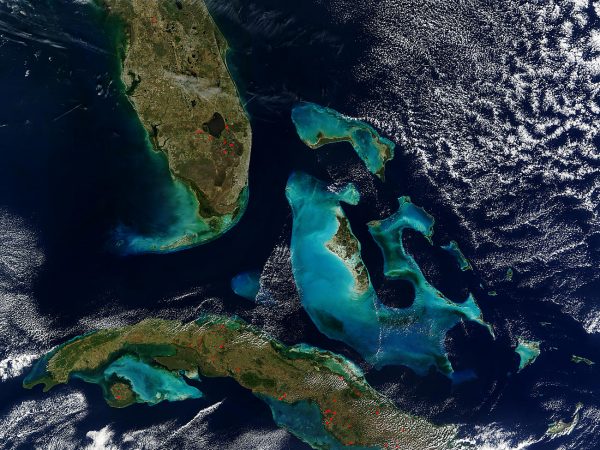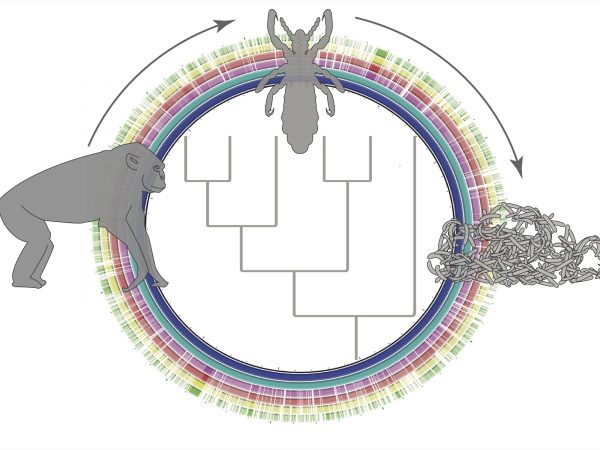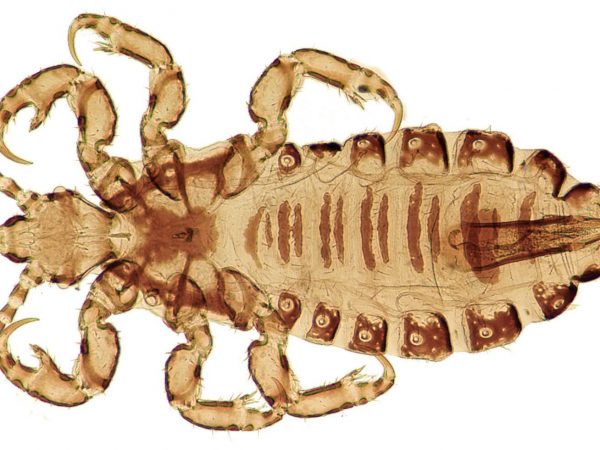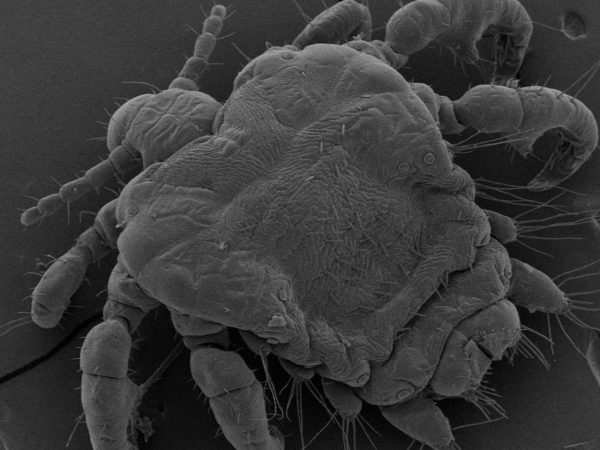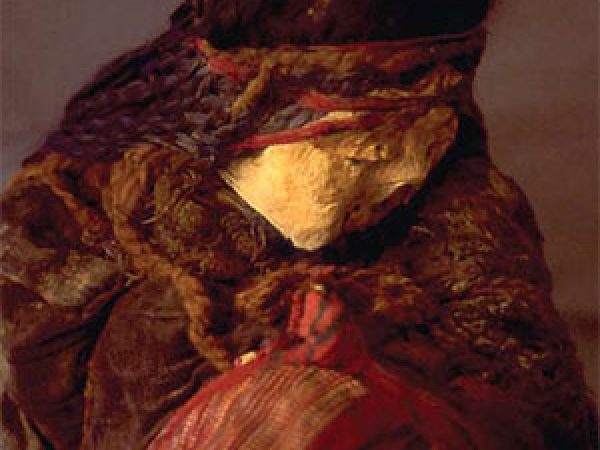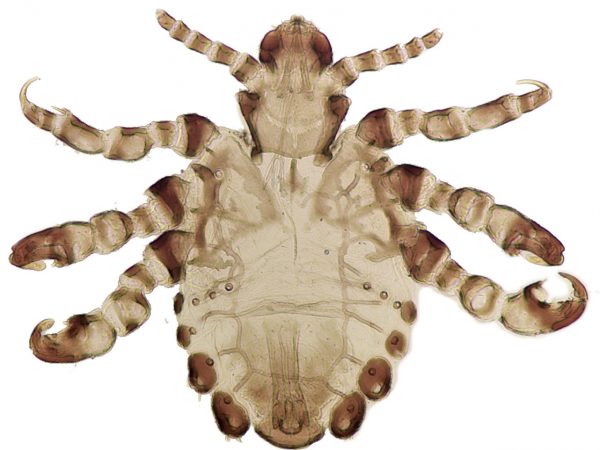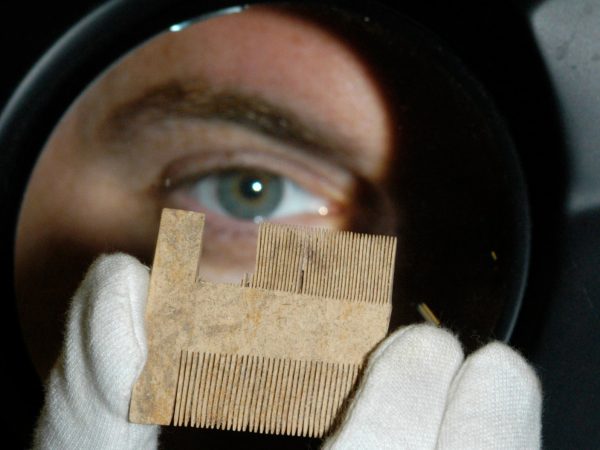Head lice evolution mirrors human migration and colonization in the Americas
A new analysis of lice genetic diversity suggests that lice came to the Americas twice – once during the first…
Read More
Ocean channel in Bahamas marks genetic divide in Brazilian free-tailed bats
Brazilian free-tailed bats are expert flyers, capable of migrating hundreds of miles and regularly traveling more than 30 miles a…
Read More
Partners in parasitism, lice and their bacterial sidekicks share long history
A Florida Museum of Natural History study provides new insights into the complex, shared history between blood-sucking lice and the…
Read More
Study on worldwide lice DNA may lead to better treatment methods
A new study on louse evolution shows the parasite’s genetic structure differs based on geographic region, information essential for developing…
Read More
Lice study dates first clothing at 170,000 years
When lice attack, it’s hard to call it a blessing. People have been tormented by the blood-sucking parasites for thousands…
Read More
Grant for worldwide human lice study
Florida Museum of Natural History mammalogist David Reed has received a $900,000 National Science Foundation Faculty Early Career Development Award…
Read More
Peruvian mummy lice may give clues about human migration
Lice from 1,000-year-old mummies in Peru may unravel important clues about a different sort of passage: the migration patterns of…
Read More
Human pubic lice acquired from gorillas gives evolutionary clues
New research indicating early humans acquired public lice from gorillas about 3.3 million years ago sheds new light on when…
Read More
Head lice research supports direct contact between modern, archaic humans
New genetic research of human lice supports the evolutionary theory of direct contact between modern and archaic humans, according to…
Read More
